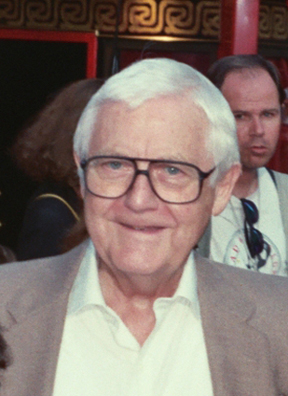|
Daehan Cinema
Daehan Cinema () is a historic movie theater at Chungmu-ro, Jung District, Seoul, South Korea. It was founded in 1958 and was considered one of the premiere theaters in the country until the 1980s. The building has an entrance within the Chungmuro station on lines 3 and 4 of the Seoul Metropolitan Subway. Description The theater currently has eight floors (one basement and seven above-ground) that have eleven screens and a total seating capacity of 2,754. History The theater was designed by the American company 20th Century Fox and established in April 1958. It originally had one screen. Its seating capacity was 1,900, the highest of any theater in Seoul at the time. The facilities were considered top-of-the-line at the time, with the latest technology and striking architecture. It was considered a significant venue for showing foreign blockbuster films, including the 1959 '' Ben Hur'', which notably ran for six months, with significant demand for tickets. Through the 1960 ... [...More Info...] [...Related Items...] OR: [Wikipedia] [Google] [Baidu] |
Chungmu-ro
Chungmuro () is an avenue in length and in width and the area nearby, located in Jung District, Seoul, South Korea. Since the 1960s, Chungmuro has been known as the street of culture, artists, and the film industry. Dansungsa, the first movie theater of Korea, established in 1907, is also situated in the area, then known by its Japanese name, Honmachi. Since 1974, Jongno 3(sam)-ga station has become the nearest station around. Chungmuro was named after Chungmugong, the posthumous title of Korean Admiral Yi Sun-shin, which means "martial duke of loyalty." The last syllable "ro" refers to road in Korean. History During Japanese rule in Korea, Chungmuro was known as "Honmachi". Although many film studios have since moved from Chungmuro to the Gangnam District or other areas of Seoul, Chungmuro still symbolizes the South Korean film industry and continues to be used as a metonym for it. See also *Chungmuro station *Cinema of South Korea *Cinema of Korea References External link ... [...More Info...] [...Related Items...] OR: [Wikipedia] [Google] [Baidu] |
The Sound Of Music (film)
''The Sound of Music'' is a 1965 American Musical film, musical Drama (film and television), drama film produced and directed by Robert Wise from a screenplay written by Ernest Lehman, and starring Julie Andrews and Christopher Plummer, with Richard Haydn, Peggy Wood, Charmian Carr, and Eleanor Parker. The film is an adaptation of The Sound of Music, the 1959 stage musical composed by Richard Rodgers, with lyrics by Oscar Hammerstein II and a book by Lindsay and Crouse. It is based on the 1949 memoir ''The Story of the Trapp Family Singers'' by Maria von Trapp and is set in Salzburg, Austria. It is a fictional retelling of her experiences as governess to seven children, her eventual marriage with their father Captain Georg von Trapp, and their escape during the Anschluss in 1938. Filming took place from March to September 1964 in Los Angeles and Salzburg. ''The Sound of Music'' was released in the United States on March 2, 1965, initially as a limited roadshow theatrical releas ... [...More Info...] [...Related Items...] OR: [Wikipedia] [Google] [Baidu] |
Cinemas And Movie Theaters In Seoul
A movie theater (American English) or cinema (English in the Commonwealth of Nations, Commonwealth English), also known as a movie house, cinema hall, picture house, picture theater, the movies, the pictures, or simply theater, is a business that contains auditoriums for viewing films for public entertainment. Most are commercial operations catering to the general public, who attend by purchasing Ticket (admission), tickets. The film is projected with a movie projector onto a large projection screen at the front of the auditorium while the dialogue, sounds and music are played through a number of wall-mounted speakers. Since the 1970s, subwoofers have been used for low-pitched sounds. Since the 2010s, the majority of movie theaters have been equipped for digital cinema projection, removing the need to create and transport a physical film print on a heavy reel. A great variety of films are shown at cinemas, ranging from animated films to Blockbuster (entertainment), blockbuste ... [...More Info...] [...Related Items...] OR: [Wikipedia] [Google] [Baidu] |

